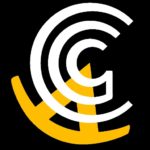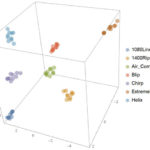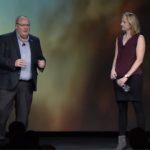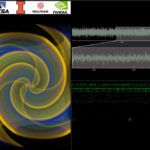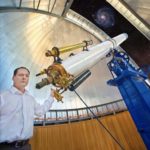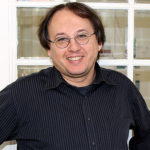JULY 6, 2021 — When gravitational waves were first detected in 2015 by the advanced Laser Interferometer Gravitational-Wave Observatory (LIGO), they sent a ripple through the scientific community, as they confirmed another of Einstein’s theories and marked the birth of gravitational wave astronomy. Five years later, numerous gravitational wave sources have been detected, including the first […]
Job of the Week: Scientific Data Application Developer at CGSA in Milwaukee
The Center for Gravitation, Cosmology and Astrophysics (CGCA) at the University of Wisconsin – Milwaukee is seeking a Scientific Data Application Developer in our Job of the Week. “Successful candidates will be part of a large and diverse team in the CGCA that works on a wide variety of computing infrastructure for astronomical and astrophysics problems. Team members interact daily with the physicists, astrophysicists and astronomers in the CGCA and at partner institutions. The CGCA at UW-Milwaukee also offers an exciting and friendly environment in which to work and play. With almost forty faculty, staff, postdocs, and students, the Center is a fun and vibrant place to work.”
The Search for Gravitational Waves
In this video from PASC18, Alexander Nitz from the Max Planck Institute for Gravitational Physics in Germany presents: The Search for Gravitational Waves. “The LIGO and Virgo detectors have completed a prolific observation run. We are now observing gravitational waves from both the mergers of binary black holes and neutron stars. We’ll discuss how these discoveries were made and look into what the near future of searching for gravitational waves from compact binary mergers will look like.”
Using Ai to detect Gravitational Waves with the Blue Waters Supercomputer
NASA researchers are using AI technologies to detect gravitational waves. The work is described in a new article in Physics Review D this month. “This article shows that we can automatically detect and group together noise anomalies in data from the LIGO detectors by using artificial intelligence algorithms based on neural networks that were already pre-trained to classify images of real-world objects,” said research scientist, Eliu Huerta.
SC17 Keynote Looks at the SKA Telescope: Life, the Universe, and Computing
In this special guest feature, Robert Roe reports from the SC17 conference keynote. “Philip Diamond, director general of SKA and Rosie Bolton, SKA regional centre project scientist and project scientist for the international engineering consortium designing the high performance computing systems used in the project, took to the stage to highlight the huge requirements for computation and data processing required by the SKA project.”
Video: Deep Learning for Real-Time Gravitational Wave Discovery
Scientists at NCSA have pioneered the use of GPU-accelerated deep learning for rapid detection and characterization of gravitational waves. This new approach will enable astronomers to study gravitational waves using minimal computational resources, reducing time to discovery and increasing the scientific reach of gravitational wave astrophysics.
Gravitational Waves: The Role of Computing in Opening a New Field of Astronomy
Dr. Joshua L. Willis from the California Institute of Technology and Dan Stanzione from TACC gave this talk at the Intel HPC Developer Conference. “These discoveries mark the beginning of gravitational wave astronomy, and in this talk we will highlight what we have learned and hope to learn in this new field, pointing out many of the ways in which high-throughput and high-performance computing have been essential to its progress.”
Comet Supercomputer Assists in Latest LIGO Discovery
This week’s landmark discovery of gravitational and light waves generated by the collision of two neutron stars eons ago was made possible by a signal verification and analysis performed by Comet, an advanced supercomputer based at SDSC in San Diego. “LIGO researchers have so far consumed more than 2 million hours of computational time on Comet through OSG – including about 630,000 hours each to help verify LIGO’s findings in 2015 and the current neutron star collision – using Comet’s Virtual Clusters for rapid, user-friendly analysis of extreme volumes of data, according to Würthwein.”
Video: Supercomputing Models Enable Detection of a Cosmic Cataclysm
In this podcast, Peter Nugent from Berkeley Lab explains how scientists confirmed the first-ever measurement of the merger of two neutron stars and its explosive aftermath. “Simulations succeeded in modeling what would happen in an incredibly complex phenomenon like a neutron star merger. Without the models, we all probably all would have been mystified by exactly what we were seeing in the sky.”
Video: MareNostrum Supercomputer Powers LIGO Project with 20 Million Processor Hours
Today the Barcelona Supercomputing Center announced it has allocated 20 million processor hours to the LIGO project, the most recent winner of the Nobel Prize for Physics. “The importance of MareNostrum for our work is very easy to explain: without it we could not do the kind of work we do; we would have to change our direction of research.”

